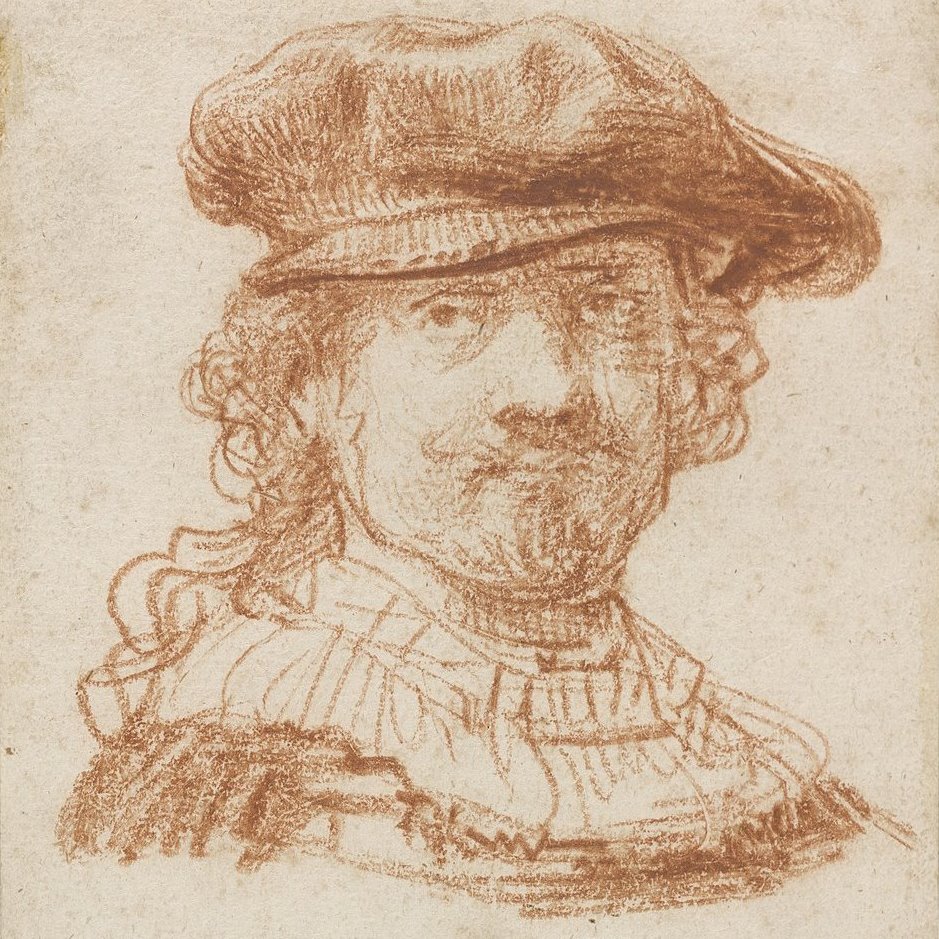More Than Just a Face
Look at a portrait. Any portrait. What makes it stay with you? Not the eyelashes. Not the perfect skin tone. It’s something deeper. Something in the bones, the muscles, the quiet structure that gives a face its truth.
The best portrait artists don’t stop at the surface. They look under it. They notice how the cheekbone slopes. How the brow rests heavy or light. How the muscles pull when a person is caught mid-thought. It’s anatomy, but it’s also a story.
That’s why even resources built for medical professionals end up being gold for artists. Advanced facial anatomy classes, while designed for people working within the medical field, give artists a clear map of what really sculpts a face. With that knowledge, shading isn’t a guess anymore. Light isn’t random. Every line follows something real.
Why Some Portraits Feel Alive
There’s a reason some portraits tug at you and others leave you cold. Two artists might use the same model, the same materials. Yet one result feels like a mask, and the other like a living, breathing human.
The difference? Structure.
Think of cheekbones. Without knowing where they rise, shading them is trial and error. But when you understand the zygomatic bone, your shading falls in the right place, and the whole face sharpens into clarity.
Even more so with expression. A smile isn’t lips alone—it’s the tiny muscles at the corners of the eyes. Miss them, and the smile looks false. Capture them, and suddenly the face warms with sincerity.
Rembrandt knew this instinctively. His portraits glow with life, not because of detail but because he painted the muscles of expression. The weary lift of brows, the tension in a jaw—these weren’t guesses. They were observations rooted in anatomy.
Emotion Has a Blueprint
Every emotion has a muscle map. Surprise lifts the eyebrows with the frontalis. Sadness draws the mouth downward. Anger pulls the brows together.
Artists who know this don’t have to “imagine” emotion. They see it, they build it, and the portrait speaks with honesty.
Think of da Vinci’s studies of human faces. His notebooks are filled with sketches of muscles, expressions, and dissections. He wasn’t doing it to be scientific for the sake of it. He wanted his portraits to breathe. And they still do.
Light, Shadow, and Bone
Light reveals structure. Always. The brow ridge shades the eye. The bridge of the nose catches light. The mandible cuts a shadow under the chin.
Artists who understand bone can manipulate light with intent. That’s why classical training started with skulls and plaster casts. Learn the skeleton, then layer on the skin.
Caravaggio painted with this precision. His chiaroscuro wasn’t just dramatic lighting—it was anatomical accuracy. Bones guided every fall of shadow.
The Aging Map
Faces change with time, but not randomly. The fat pads shrink under the eyes. The jaw softens. Skin loses its grip. But it’s the structure beneath that makes aging recognizable.
When an artist captures age, they don’t just add wrinkles. They alter the whole framework. The portraits of Lucian Freud show this well—every sag, every fold, every shift in structure is rendered with brutal honesty. That’s what makes them so human.
And for an artist, this knowledge opens narrative possibilities. A self-portrait at 20. Another at 60. Anatomy as a biography.
When Art and Medicine Speak the Same Language
It’s surprising how close artists and aesthetic doctors stand. Different goals, same tools: proportion, balance, detail. Both spend hours looking at faces, breaking them down into structure and line.
For a surgeon, understanding anatomy prevents mistakes. For an artist, it prevents flatness. The overlap is undeniable.
In fact, many modern artists who take medical anatomy workshops say their drawing changes almost overnight. They don’t stop being creative—they just draw with new confidence.
Small Details That Carry a Life
Think of the hollow at the temple. The tiny ridge under the nose. The little bulge of the chin muscle. None of these are dramatic features. But they’re the parts that make a portrait intimate.
Without them, faces blur into sameness. With them, the likeness becomes personal.
Velázquez caught this in his portraits of royalty. He didn’t flatter them. He painted the quirks—the subtle tilt of a lip, the soft shadow around the eye. Details rooted in structure, not decoration.
From Renaissance to Digital Studios
Centuries ago, artists studied cadavers. Harsh, but it gave them a grip on structure no guesswork could match. Michelangelo carved marble as if he could see the muscle beneath the stone.
Today, digital sculptors do the same thing—just with polygons instead of plaster. In gaming or film, if the jawline is wrong or the muscles don’t sit right, the whole character feels “off.” Technology may have changed, but anatomy still decides whether a face feels alive or artificial.
Why Bother with All This?
Because knowing anatomy gives freedom.
Once you understand how the jaw sits, you can exaggerate it in a caricature without losing believability. Once you know the planes of the nose, you can simplify it in a stylized drawing without it looking broken.
It’s like learning grammar before writing poetry. You don’t study rules to become stiff. You study them so you can bend them with confidence.
A Portrait as a Silent Dialogue
At its core, a portrait is a conversation. Between artist and subject. Between subject and viewer. Anatomy is the language that makes it clear.
Without it, the conversation stumbles. With it, every stroke speaks: here’s strength, here’s sorrow, here’s joy, here’s age.
And that’s why anatomy matters. Not because it’s academic. Because it’s human.
